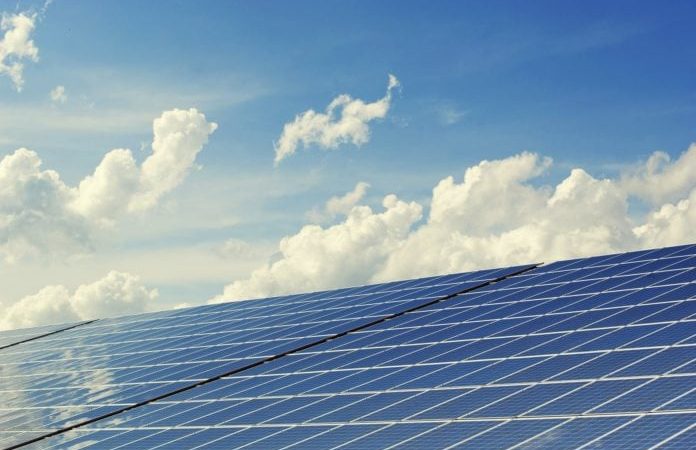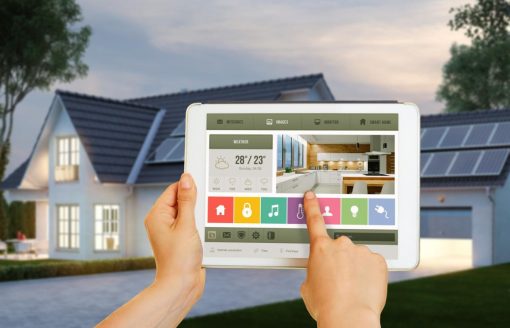Researchers have come up with a vision that enables solar field calibration to be completed in a matter of hours, reducing the time and workforce needed in the current calibration system for CSP (Concentrated Solar Power) plant.
The current system employs thousands of specialized mirrors called heliostats in a vast solar field.
The work of the heliostats is to precisely and continuously reflect concentrated beams from sunlight onto a tower receiver in a distance of up to 1600 meters.
With the discovery, an artificial visual digital system is applied to trace the target accurately using pixel point accuracy.
To do this each of the heliostats is integrated with a digital camera, and this is what makes it possible to calibrate a large solar firm overnight.
Marcelino Sanchez is the director of the department of Solar Thermal Energy at Centro Nacional de Energías Renovables in Spain. During the presentation of the prototype at the 23rd SolarPACES Annual Conference in Chile, Marcelino said, “With our visual calibrating system we can ensure tracking accuracy for the life of the plant because we can calibrate every night.”
The presentation was titled “Scalable Heliostat Calibration System – How to calibrate your whole heliostat field in a single night.”
Concentrated Solar Power plants use a computerized system to direct every heliostat precisely how to go. A servo motor is used to increase the accuracy of the heliostat movement.
The specialized mirrors are programmed to keep their reflected beam focused on the tower receiver as the sun sets, and seasons and times change.
In a real-life setting, a misalignment could happen to the heliostats following a change in environmental conditions and maybe a distant earthquake.
The artificial program can correct the misalignment by keeping the heliostats at the milliradian level where they can deliver the exact needed solar flux and avoid overheating the receiver or missing the mark.
Marcelino Sanchez said their primary goals is to cut the cost of calibration and cut off the time spent in calibration in the current system.
To achieve this, they shifted the attention and efforts to software other than hardware.
Two significant advantages come with this new system. One is that the calibration can be done automatically, and the other one is if you can do the calibration overnight, then you don’t have to invest in a long-term system; you can always recalibrate whenever the need arises, thus avoiding expensive heliostats.









3 Reasons Why You Should Try Home Automation